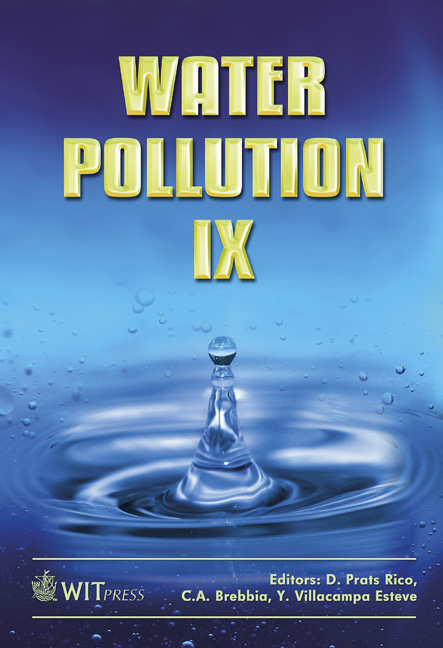Design Of Horizontal And Vertical Subsurface Flow Constructed Wetlands Treating Industrial Wastewater
Price
Free (open access)
Transaction
Volume
111
Pages
10
Page Range
555 - 564
Published
2008
Size
372 kb
Paper DOI
10.2495/WP080551
Copyright
WIT Press
Author(s)
J. Mena, L. Rodriguez, J. Nuñez, F. J. Fernández & J. Villaseñor
Abstract
Constructed wetlands have become a good alternative to urban and industrial wastewater treatments. Because of the many interactions between the different parts that form the wetland, the design of these systems used to be very complex so a good design tool is required. Hybrid constructed wetlands mix the aerobic and anaerobic properties of vertical and horizontal subsurface flow constructed wetlands to improve COD, phosphorous and, especially nitrogen removal. A simulation of the concentration profiles of these compounds into a hybrid system constituted by four vertical flow constructed wetlands and a horizontal flow one with the K-C* model was achieved when the system treated an urban and a winery wastewater, respectively. Maximum limits of the flow rate to achieve the legislation limits of the different pollutants were calculated. Winery wastewater treatment required lower flow rates because of its higher organic loading. Because constructed wetlands had limited capacity to remove phosphorous, it was the most restrictive pollutant, requiring a lower flow rate. Keywords: constructed wetland, hybrid system, K-C* model, simulation. 1 Introduction In the last few years, inside natural systems of wastewater treatment constructed wetland (CW) has become an important alternative of treatment because it
Keywords
constructed wetland, hybrid system, K-C* model, simulation.





